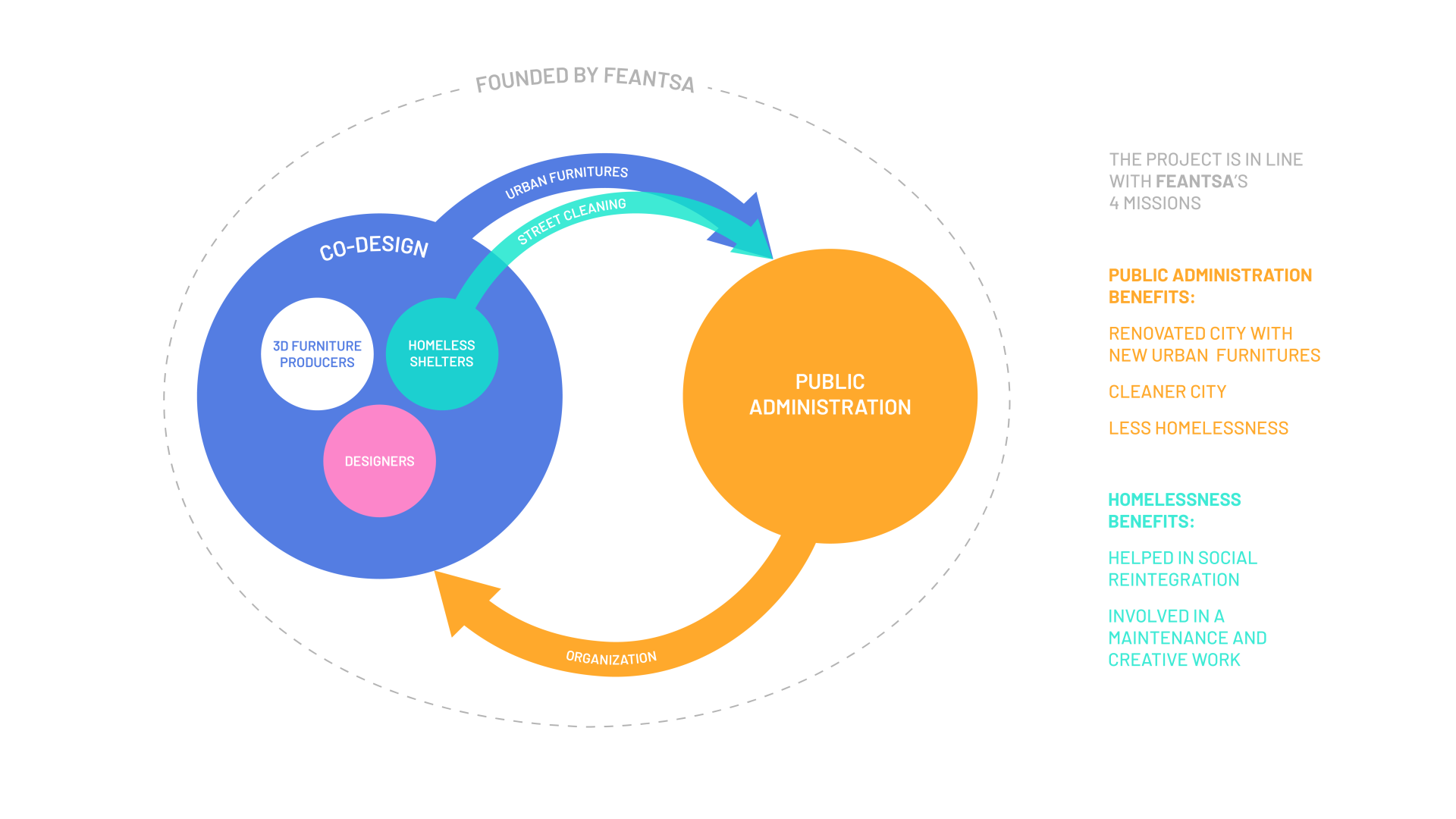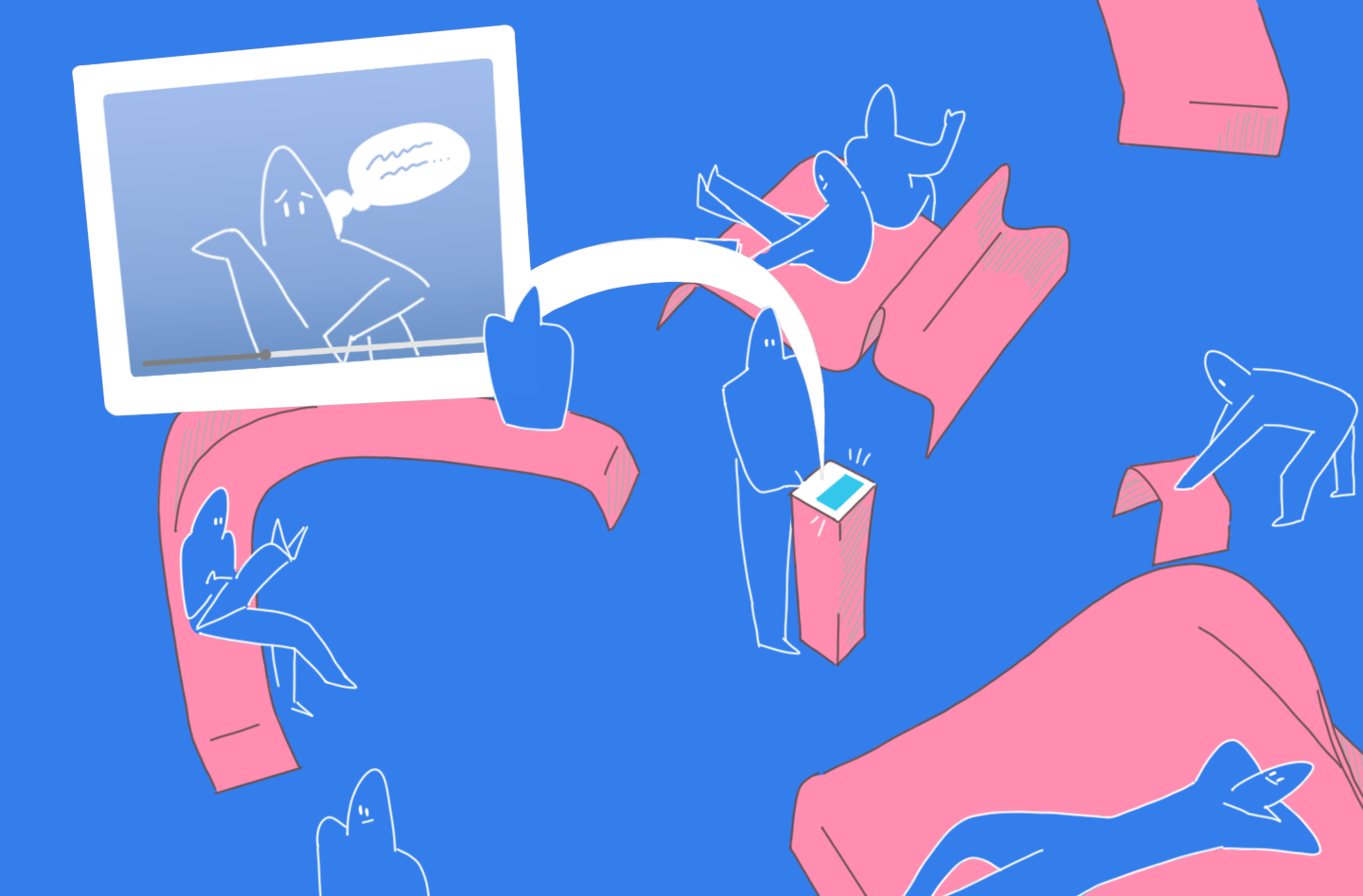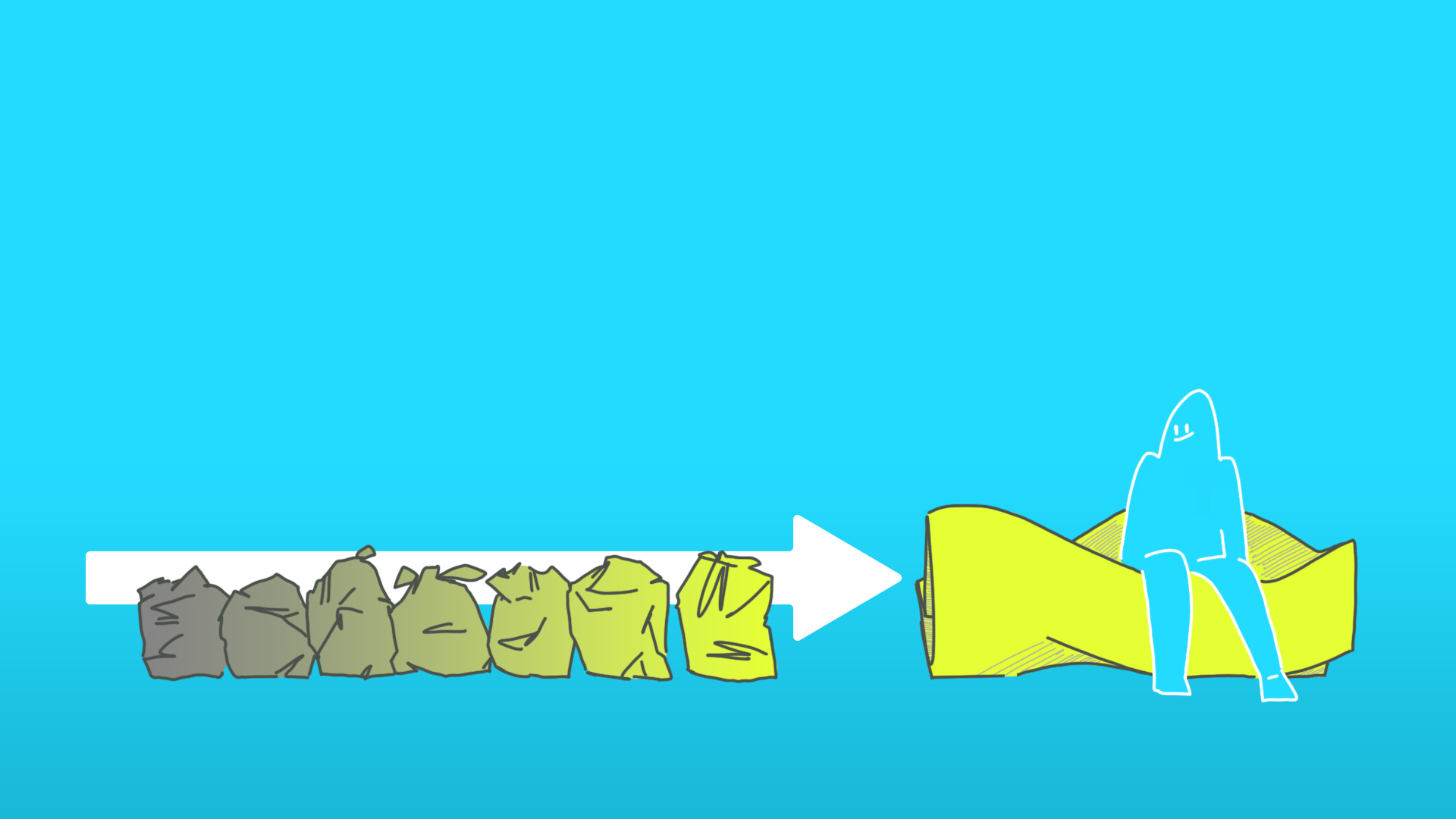LESS IS HOME
Basic information
Project Title
Full project title
Category
Project Description
It's a system aimed at the social inclusivity of homeless people, through the co-design of urban furniture. The project will be managed globally by FEANTSA and locally by the public administration and shelters, organizing groups of homeless people and picking up the trash around the cities periodically. The waste collected will be used to produce 3D printed social furniture, co-designed together by designers and homeless people, that will be placed in the regeneration areas of the cities.
Geographical Scope
Project Region
Urban or rural issues
Physical or other transformations
EU Programme or fund
Which funds
Description of the project
Summary
LESS IS HOME is a system aimed at the social inclusivity of homeless people, through the co-design of urban furniture. The targets are homeless people not by choice, but because of unfortunate circumstances, who are sharply increasing all around Europe.
The project is thought to be sponsored by FEANTSA (https://www.feantsa.org/en/about-us/what-is-feantsa), as a new way of tackling the problem of homeless people. The project will be managed globally by FEANTSA and locally by the public administration and shelters, organizing groups of homeless people and picking up the trash around the cities periodically. The waste collected will be used to design social furniture, thanks to the collaboration between the homeless and designers. The social furniture is manufactured through 3D printing (PP and PE-based plastics mainly) which is widespread in the territory.
The goals are both restoring existing products around the cities and designing new ones teasing the citizens into experiencing new ways of living closer to nature (for example we thought about urban-bedroom or alternative shelters for example). Totems will be placed in these redeveloped areas to raise awareness of the project and foster empathy and understanding towards the homeless.
Key objectives for sustainability
Waste pollution is widespread around the cities, and it’s proven by lots of ongoing events aimed at cleaning the streets thanks to the help of volunteers. This project wants to support these activities by involving the homeless too, supervised by local shelters and organizations. The aim is to turn the waste collected into urban furniture. Moreover, the additive manufacturing process allows the recycling of the outputs, according to circular economy standards.
Some manufacturer partners could be: Sculptur (https://sculptur.se/) and Zero Waste Lab (https://thenewraw.org/Zero-Waste-Lab)
Key objectives for aesthetics and quality
Beauty is born from transformation and poverty. As waste has a negative connotation, homeless people are often overlooked and isolated. The idea is to give both of them a new light, reinventing and transforming the city. The advantage of involving them in the co-design processes is a new outlook of the city from those who constantly live with it.
The Aesthetic of these furniture speaks the language of poverty and simplicity, offering to the citizens new ways of living and experiencing nature.
Key objectives for inclusion
Inclusion is tackled on both sides of the problem: involving the homeless in the society, helping the shelters financially in a practical way, and fostering empathy and understanding of their value among the citizens. This project wants to raise awareness of the quality of life of these people and the potential in co-design processes to improve the city. The pollution caused by the uncollected waste it’s getting serious, securing the scalability of this project and a continuous relationship with the main characters of this project.
The project is consistent with the four missions of inclusivity promoted by FEANTSA (https://www.feantsa.org/en/about-us/what-is-feantsa)
Physical or other transformations
Innovative character
Beauty is born from the great synergy between Inclusion, Sustainability, and the ability-to-sustain the homeless, involving them in the social dynamics in a pragmatic and actual way. Beauty is born from these overlapping ideas, highlighting the responsibility of the design towards the minorities.



